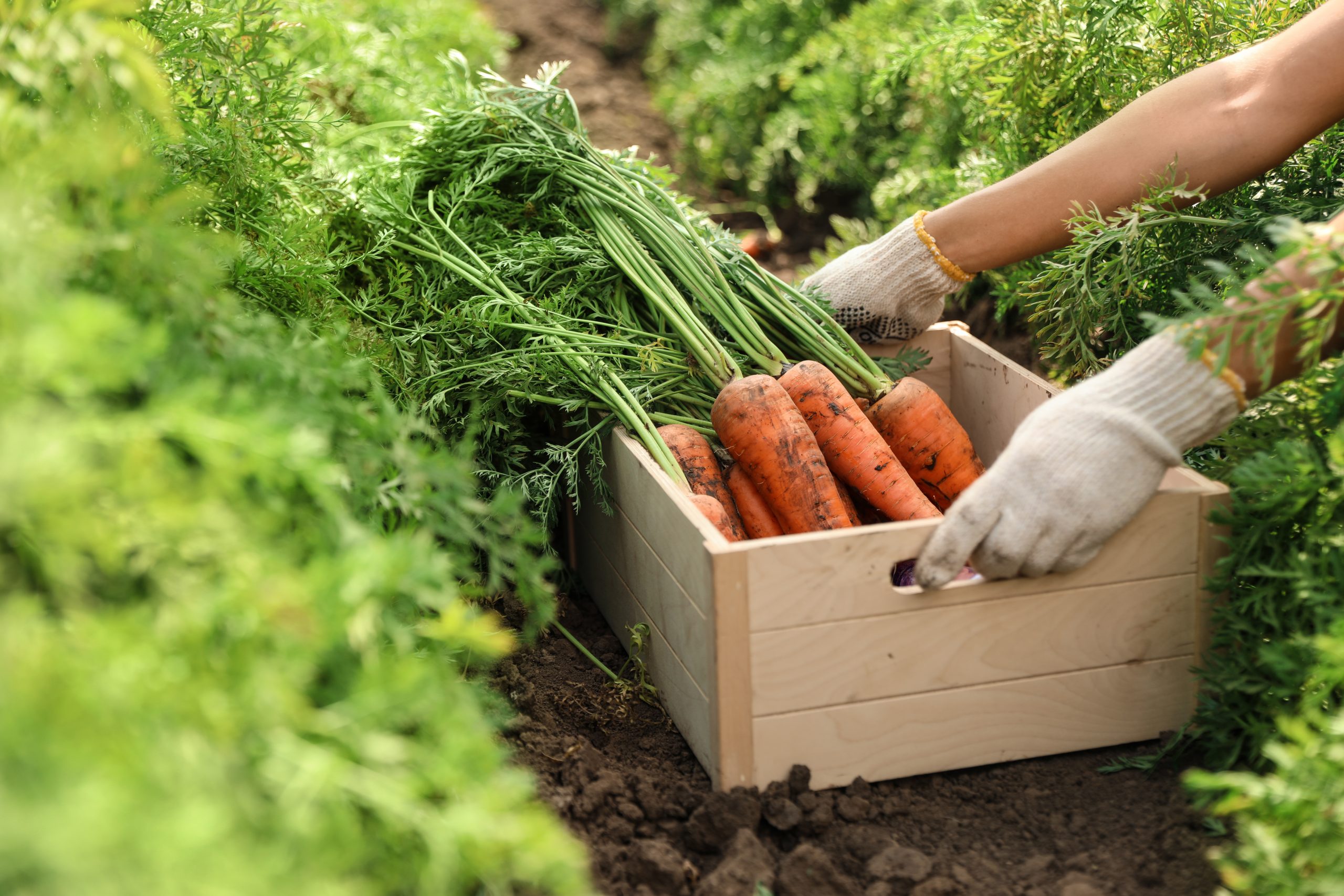Farming has been a traditional source of livelihood for people all over the world. With the increasing demand for fresh and healthy food, farming has become a lucrative business opportunity for many. The agriculture sector is constantly evolving, and farmers have to keep up with the changing trends and techniques to stay ahead in the game.
Crop Selection
One of the most crucial factors in making a profit from vegetable farming is the selection of crops. A farmer should choose crops that have high market demand, are easy to grow, and have a relatively low input cost. Factors such as soil type, weather, and available resources should also be taken into consideration when selecting crops.

In addition, farmers can also consider growing crops that are in high demand during specific seasons. For example, tomatoes, cucumbers, and peppers are high in demand during the summer season, while root vegetables like carrots and beets are in high demand during the winter months.
Soil Preparation
Soil preparation is a crucial aspect of vegetable farming. A farmer should make sure that the soil is in good condition before planting. This can be achieved by conducting soil tests and applying the necessary fertilizers and amendments.
A farmer should also make sure that the soil pH is balanced and that the soil structure is good. In addition, a farmer should also make sure that the soil is well-drained, as this will prevent root rot and other diseases from affecting the crop.
Irrigation
Irrigation is an essential aspect of vegetable farming. A farmer should make sure that the crops receive the right amount of water to grow properly. This can be achieved through different irrigation methods such as drip irrigation, overhead irrigation, and sprinkler irrigation. A farmer should also make sure that the irrigation system is efficient and that water is not wasted.
Pest Management
Pests can cause significant damage to vegetable crops and can result in a loss of profit for the farmer. A farmer should implement an effective pest management program to control pests and prevent damage to crops.
This can be achieved through the use of biological controls, such as releasing beneficial insects, and through the use of chemical controls, such as pesticides. A farmer should also make sure that the pesticides are used in accordance with the label instructions to prevent harm to the environment and to human health.
Harvesting and Marketing
Harvesting and marketing are two critical steps in making a profit from vegetable farming. A farmer should harvest the crops at the right time to ensure maximum quality and yield. A farmer should also have a marketing plan in place to sell the crops.

This can be achieved through direct-to-consumer sales, such as farmers’ markets, or through sales to wholesalers, such as grocery stores. A farmer should also make sure that the crops are priced competitively to ensure maximum profit.
Starting a vegetable farm
With the increasing demand for fresh, locally grown produce, more and more people are considering starting a vegetable farm. However, starting a vegetable farm is not easy and requires careful planning and execution to be successful.

In this report, we will discuss some tips and strategies for making a profit from farming vegetables.
- Start small and grow gradually:
Starting small and gradually growing your farm can help you minimize your initial investment and reduce your risk. You can start by growing vegetables in a small garden or greenhouse, and as your business grows, you can expand your operations.
- Focus on quality and sustainability:
Quality and sustainability are important factors that can help you stand out from your competition and attract customers. Make sure you use the best seeds and growing methods to produce the highest quality produce possible. This will not only increase your sales but also help you build a reputation as a reliable and trustworthy farmer.
- Market your produce effectively:
Marketing is a key component of running a successful vegetable farm. You need to reach out to your target audience and make them aware of your products. This can be done through various channels like farmers’ markets, online sales platforms, and local grocery stores. You can also build relationships with local chefs and restaurants, who can use your product in their menus.
- Keep your costs low:
Keeping your costs low is essential to making a profit from your vegetable farm. This includes reducing your labor costs by using efficient and cost-effective methods for planting and harvesting, as well as minimizing your input costs for seeds, fertilizer, and water.
Conclusion
In conclusion, making a profit from vegetable farming requires careful planning and implementation. A farmer should select crops that have high market demand, prepare the soil properly, implement an effective irrigation system, manage pests, and harvest and market the crops effectively. With the right approach, vegetable farming can be a profitable and rewarding business.










